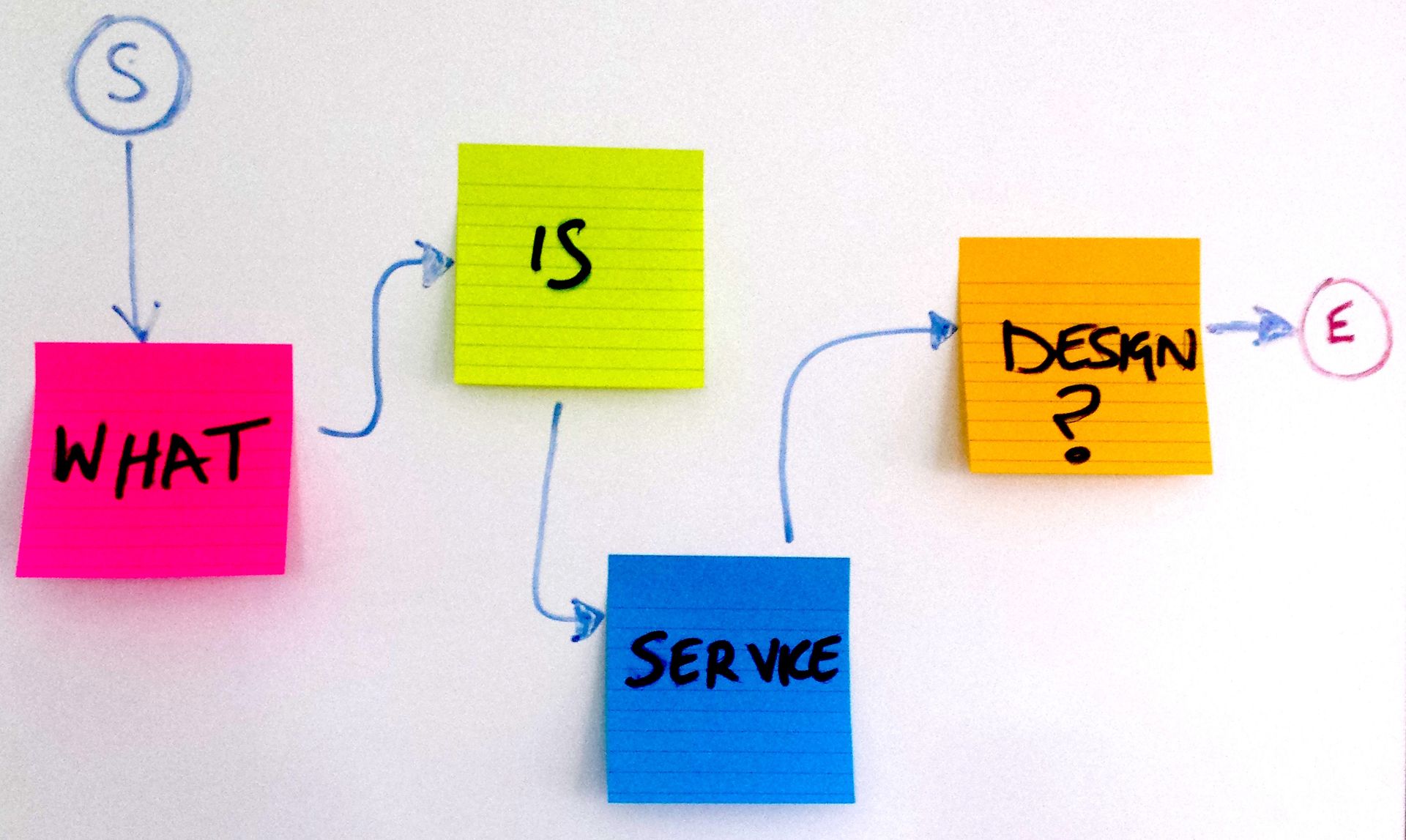ITIL V3 - What it is and what are the steps to implement it
Accelerate the flightpath of your ITIL implementation.....

ITIL (Information Technology Infrastructure Library) is a globally recognized framework for managing and delivering high-quality IT services. It provides a set of best practices and processes that help organizations to align their IT activities with their business goals and objectives.
ITIL v3 is the third major version of ITIL, which was released in 2007 and has since become the de facto standard for IT service management (ITSM). It consists of a series of books that cover the various aspects of ITSM, including service strategy, design, transition, operation, and continuous improvement.
ITIL Lifecycle:
ITIL v3 is based on a lifecycle approach, which consists of the following five stages:
- Service Strategy: This stage involves defining the overall direction and objectives of the IT service organization, based on the needs and expectations of the business. It includes processes such as service portfolio management and financial management for IT services.
- Service Design: This stage involves designing and documenting the IT services and processes that will be delivered to customers. It includes processes such as service level management, capacity management, and availability management.
- Service Transition: This stage involves planning and coordinating the changes and releases required to implement and deploy the IT services and processes designed in the previous stage. It includes processes such as change management, release and deployment management, and service asset and configuration management.
- Service Operation: This stage involves the day-to-day management and delivery of IT services to customers. It includes processes such as incident management, problem management, and request fulfilment.
- Continual Service Improvement: This stage involves continuously reviewing and improving the IT services and processes to ensure that they continue to meet the needs and expectations of the business. It includes processes such as service reporting, service measurement, and service improvement.
ITIL Processes:
The ITIL v3 framework includes a set of core processes that cover the various aspects of ITSM. These process are encapsulated within the lifecycle stages as follows:
- Service strategy: Service portfolio management, financial management for IT services, demand management, business relationship management
- Service design: Service level management, capacity management, availability management, IT service continuity management, security management, supplier management
- Service transition: Change management, release and deployment management, service asset and configuration management, transition planning and support
- Service operation: Incident management, problem management, request fulfilment, access management, event management
- Continual service improvement: Service reporting, service measurement, service improvement, service review
To implement ITIL v3 into your organization, Witwam broadly suggests the following steps:
- Assess the current state of your IT service management practices and identify any gaps or areas for improvement.
- Establish a steering committee to oversee the implementation of ITIL v3 and ensure that it aligns with your business goals and objectives.
- Train and certify key staff in ITIL v3 best practices and processes.
- Develop an implementation plan that outlines the specific ITIL processes and activities that you will be implementing, as well as the resources and timelines required.
- Implement the ITIL processes and activities according to the plan, using a phased approach if necessary.
- Monitor and review the results of the implementation to ensure that it is meeting our expectations and delivering value to the business.
This is of course a generic approach. To discuss the specifics of your business problem and how Witwam might help to solve it please contact us at info@witwam.com
Thoughts on Service Design and Operating Models






